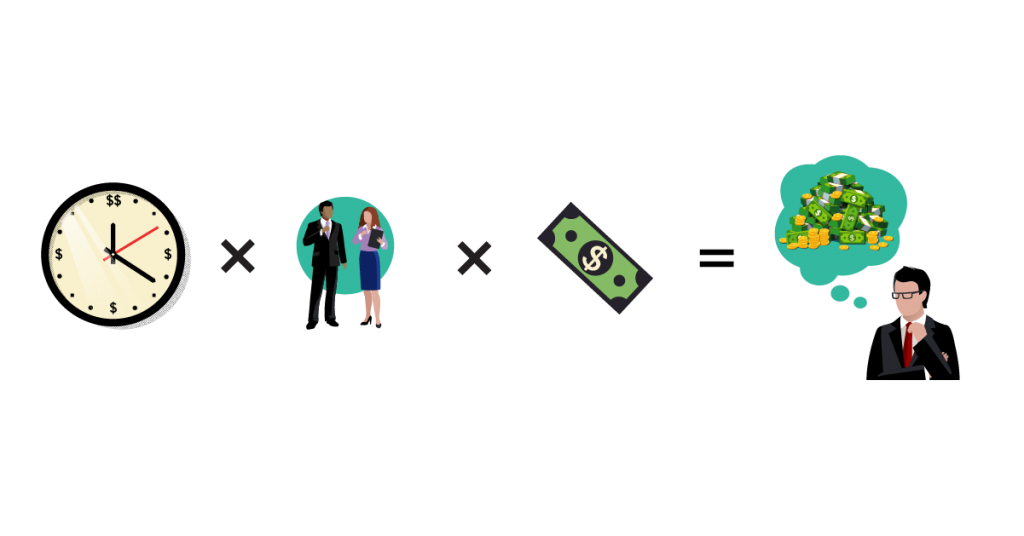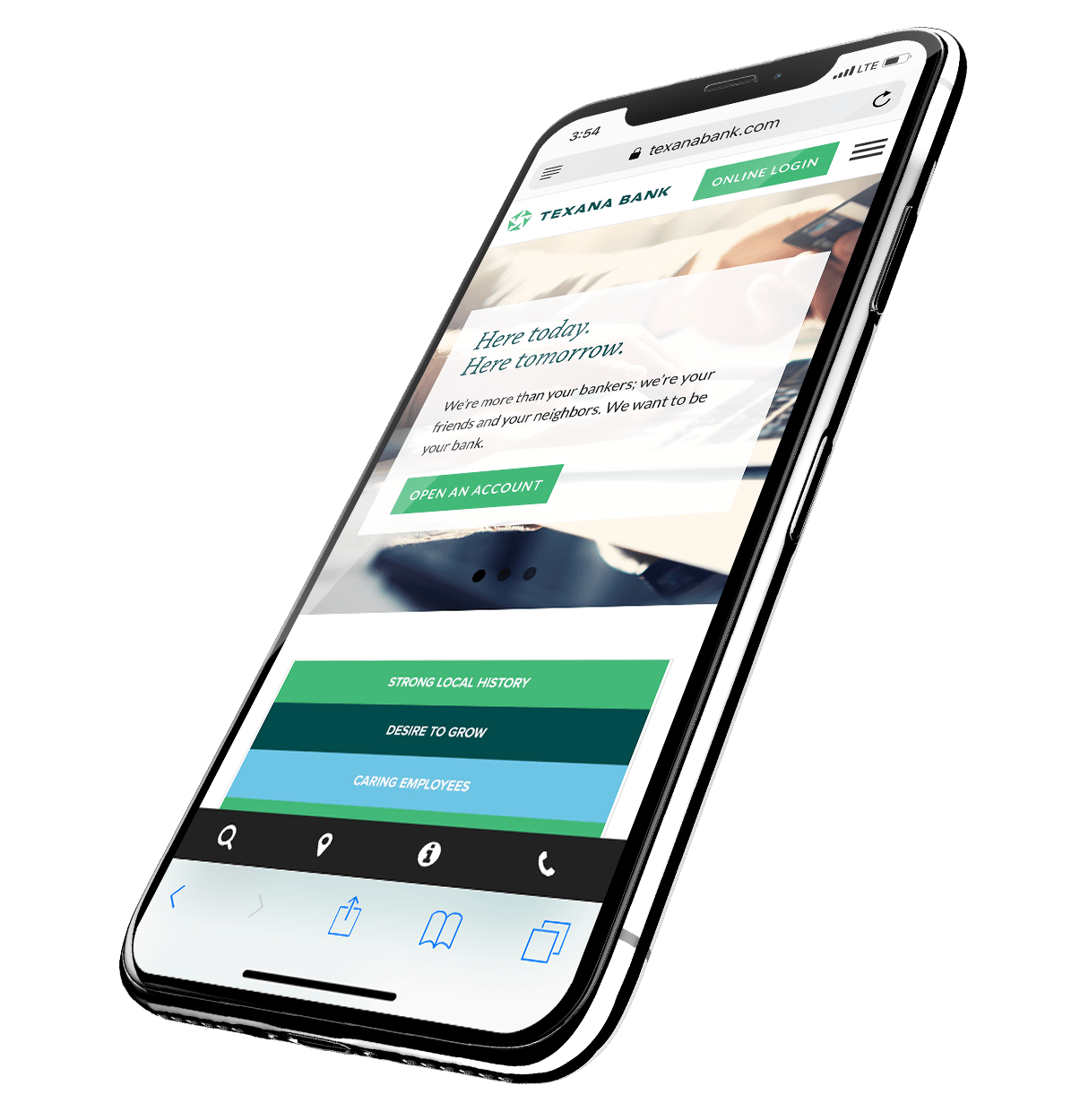Nothing derails a creative conversation more than having to pay for it. You can’t put a dollar amount on a brainstorm or “getting to know you” conversation. But most advertising agencies do it. It’s typical for creative firms to bill for meetings, but that’s where we’re a little different from our peers. Our success comes from building true working relationships.
The traditional practice of billing for time can vary from understandable (an agency’s time is valuable and great insights can come from creative meetings) to egregious (an agency stacking the room with employees to increase billing).
Sure, we bill for the time we spend building out a campaign, but we don’t bill for creative meetings with our clients.
I didn’t set out to be the “anti-agency” agency. It simply never made sense to me. When a client takes time to sit down with us to push a concept, we treat their involvement as the value exchange.
We don’t want to kill the creative spirit with clock watching, and I’ve never wanted to stop a meeting right before the good part only because the client realizes the clock is about to strike $1,000.

My reasoning really boils down to two factors:
- In a billed meeting, clients often spend more time multiplying the hourly rate by the number of people in the meeting. It gets even worse when the creative team adds a bunch of unnecessary people to the meeting.
- An agency only knows what a client tells them, and when they’re charging the client for that meeting, the client tends to tell them less—and many times that’s not enough.
Billing for meetings can cut them too short. It definitely removes warmth and depth from the relationship. It makes the whole affair transactional, with both sides trying to get their money’s worth out of the meeting instead of the relationship.
It’s winning the battle to lose the war, and we’re not even at war. We’re on the same side—building a creative relationship.
In a perfect creative relationship, explanations don’t get shortchanged. They become more full.
The client can fully explain their issues.
The agency gets to outline the entire strategy in a way that gets everyone’s fingerprints on the result.
The budget goes to killer creative and media placement.
My agency sells creative output—not the discussion that creates it.
And look, maybe my meetings tend to go a little long. At least I feel good that we left no stone unturned when I get up to leave.
Brainstorming Requires Freedom
Having the freedom to openly brainstorm, spend a little extra time chasing down the bad ideas just to be sure they aren’t good ideas, and develop a level of comfort around a creative team does wonders for creative confidence.
Knowing that I’m not trying to beat the clock for the sake of my client, or waste valuable time for the sake of my bottom line, means I can simply know we’ll come out the other side with a viable idea. Hell, open brainstorms with my clients often result in some pretty incredible ideas.
Trust
One great thing about not charging for a meeting is the openness it creates. That openness also helps each side determine if this is the kind of group they can trust. Can we trust that your bank’s leadership is valuing our time and input? Can you trust that we’re going to bring you as much value and insight for your dollars as possible?
When my team shows up to brainstorm and engages in the process with enthusiasm, it goes a long way with our clients’ stakeholders. And the same goes for my staff. When a designer sees a marketing director spend an extra hour driving a concept home, they’re much more engaged in the process throughout.
Maybe we’re wrong, and I’ve been missing out on revenue this whole time. But it just feels right to do it this way. So call us for a meeting. Or don’t. We won’t charge you either way.


